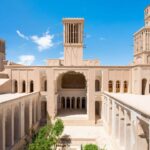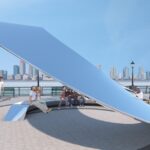In the heart of Midtown Manhattan, where Broadway meets Seventh Avenue, lies one of the most famous urban spaces on Earth — Times Square. Known for its towering billboards, dazzling lights, and 24/7 energy, it draws more than 50 million visitors annually. But beyond the selfies and neon glow lies a fascinating history, unique architecture, and a design that has shaped it into the ultimate urban theater. Times Square Through the Ages: A Short History 1. Longacre Square Era (Pre-1904) Before it became a global icon, Times Square was called Longacre Square, a quiet district known for horse carriage businesses and open spaces. 2. The New York Times Moves In (1904) In 1904, publisher Adolph Ochs relocated The New York Times to a new skyscraper at One Times Square. The city renamed the area in honor of the newspaper — Times Square was born. 3. The First New Year’s Eve Celebration (1904) That same year, Times Square hosted its first New Year’s Eve celebration, featuring fireworks and a massive street party — a tradition that continues today with the famous Ball Drop. 4. The Theater Boom (1910s–1930s) Broadway theaters and cinemas transformed the district into the entertainment capital of America. 5. Decline & Crime Era (1960s–1980s) Times Square became notorious for crime, adult entertainment venues, and urban decay. 6. The Disneyfied Revival (1990s–2000s) A major redevelopment project led by Mayor Rudy Giuliani brought in corporate giants, flagship stores, and a cleaner, tourist-friendly image. 7. Today: A Global Symbol Now, Times …
Times Square: The History, Architecture & Magic of New York’s Brightest Landmark
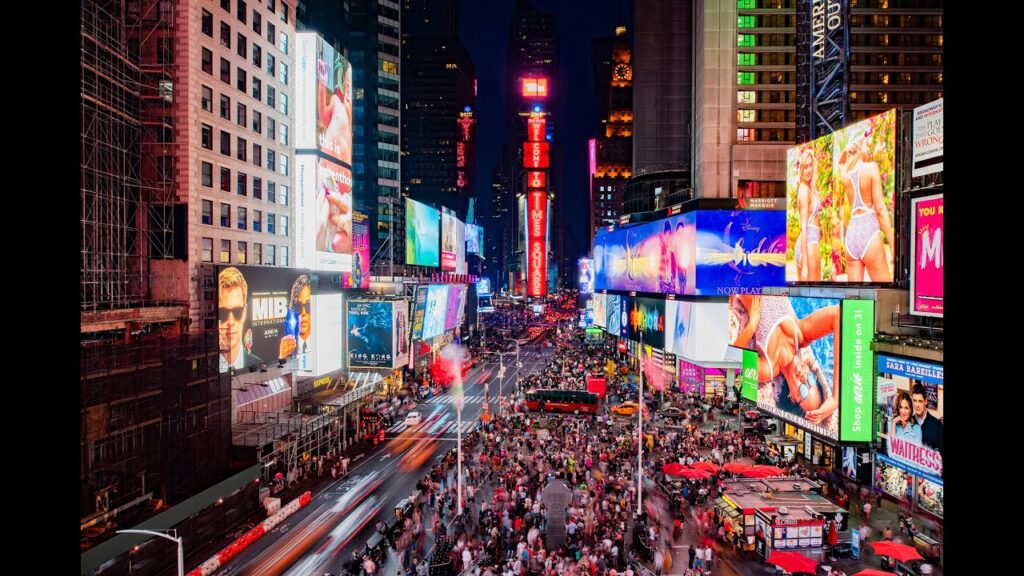
In the heart of Midtown Manhattan, where Broadway meets Seventh Avenue, lies one of the most famous urban spaces on Earth — Times Square. Known for its towering billboards, dazzling lights, and 24/7 energy, it draws more than 50 million visitors annually. But beyond the selfies and neon glow lies a fascinating history, unique architecture, and a design that has shaped it into the ultimate urban theater.
Times Square Through the Ages: A Short History
1. Longacre Square Era (Pre-1904)
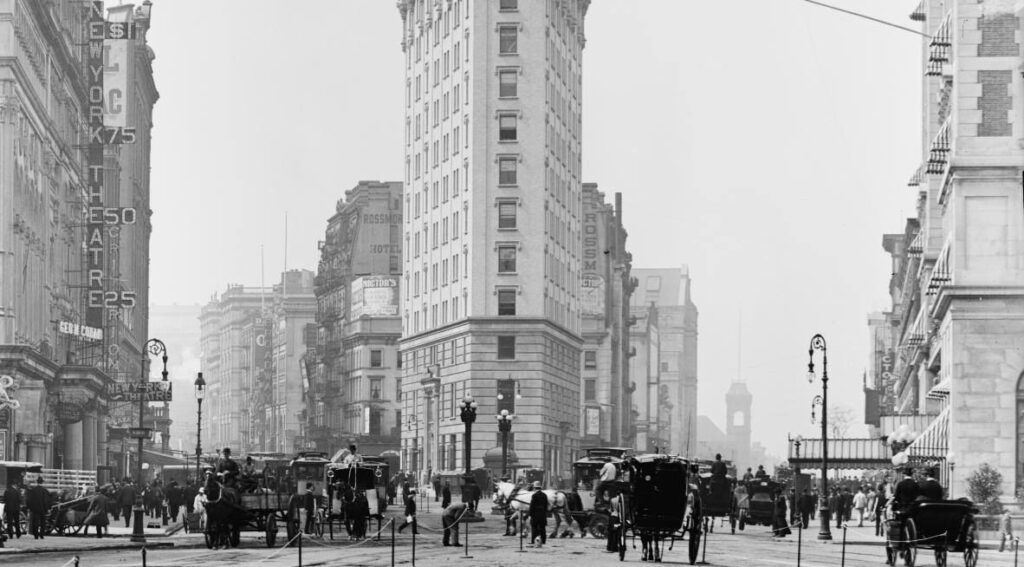
Before it became a global icon, Times Square was called Longacre Square, a quiet district known for horse carriage businesses and open spaces.
2. The New York Times Moves In (1904)
In 1904, publisher Adolph Ochs relocated The New York Times to a new skyscraper at One Times Square. The city renamed the area in honor of the newspaper — Times Square was born.
3. The First New Year’s Eve Celebration (1904)
That same year, Times Square hosted its first New Year’s Eve celebration, featuring fireworks and a massive street party — a tradition that continues today with the famous Ball Drop.
4. The Theater Boom (1910s–1930s)
Broadway theaters and cinemas transformed the district into the entertainment capital of America.
5. Decline & Crime Era (1960s–1980s)
Times Square became notorious for crime, adult entertainment venues, and urban decay.
6. The Disneyfied Revival (1990s–2000s)
A major redevelopment project led by Mayor Rudy Giuliani brought in corporate giants, flagship stores, and a cleaner, tourist-friendly image.
7. Today: A Global Symbol
Now, Times Square is a pedestrian-friendly, tech-powered destination — a stage for concerts, protests, pop culture moments, and the pulse of New York City.
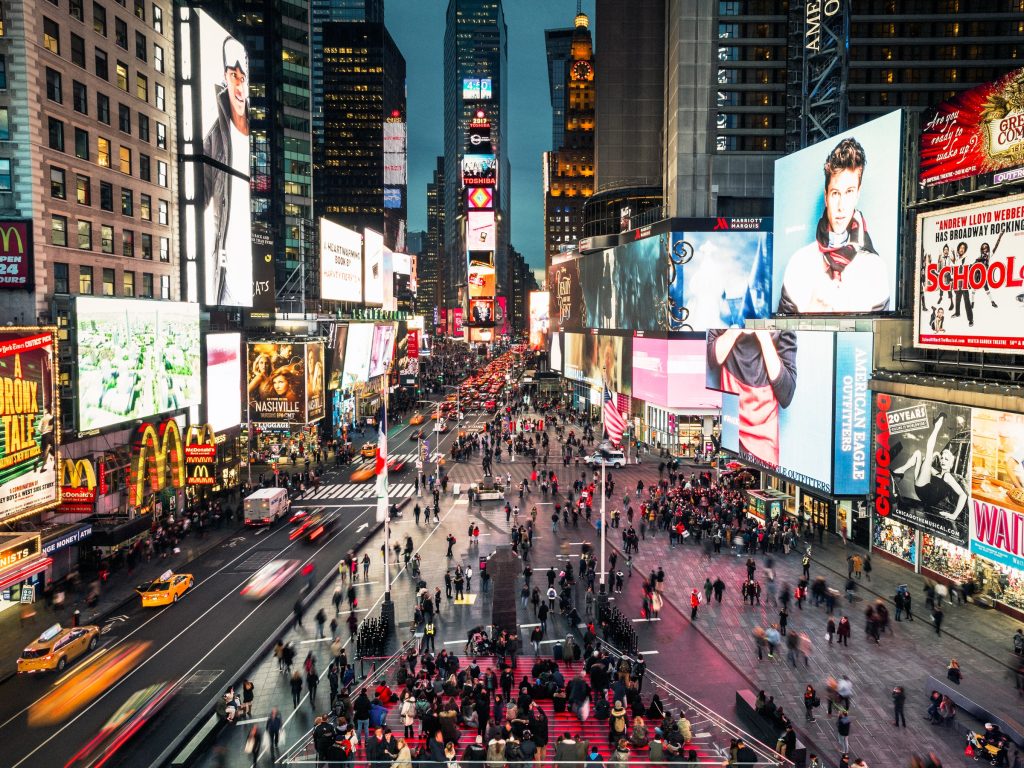
The Architecture of Times Square
While Times Square’s skyline may not rival that of Lower Manhattan, its architecture is uniquely designed to be seen, not just built.
The “Signage Zoning Law”
In 1987, New York City passed a special zoning rule requiring buildings facing Times Square to display illuminated signage. This ensures the area remains a 24-hour spectacle.
Billboard Engineering
Times Square’s LED screens are structural marvels, with some spanning over 100 feet and consuming megawatts of electricity daily. Many are integrated directly into building facades, making signage part of the architecture itself.
Iconic Buildings in Times Square
- One Times Square – Famous for the New Year’s Eve Ball Drop.
- Paramount Building – With its clock tower, a 1927 Art Deco gem.
- The New York Times Building – A modern glass skyscraper designed by Renzo Piano (just a few blocks away).
Times Square as a Cultural Stage
Times Square isn’t just buildings and lights — it’s a living performance.
- Broadway & Off-Broadway Theaters – More than 40 stages within walking distance.
- Street Performers & Characters – From the Naked Cowboy to costumed superheroes.
- Public Art Installations – Rotating sculptures and immersive art displays.
Times Square at Night: A Photographer’s Dream
The nighttime glow of Times Square is unmatched. Neon reflections bounce off wet pavement, LED ads create an almost futuristic skyline, and the sheer density of visual information makes every frame feel alive. For photographers:
- Best time: Blue hour (just after sunset)
- Best spots: Red steps at Duffy Square, corner of 7th Ave & 45th St
Also Read – Top 10 Tallest Buildings in New York: The Giants of the Skyline
Best Time to Visit Times Square
- Morning (7–9 AM): Quietest time for crowd-free photos.
- Evening (7–10 PM): Full neon glow experience.
- New Year’s Eve: Iconic, but expect massive crowds and intense security.
Nearby Attractions
- Broadway Theaters – A few steps away.
- Bryant Park – Just two blocks east.
- Rockefeller Center – A 10-minute walk north.

